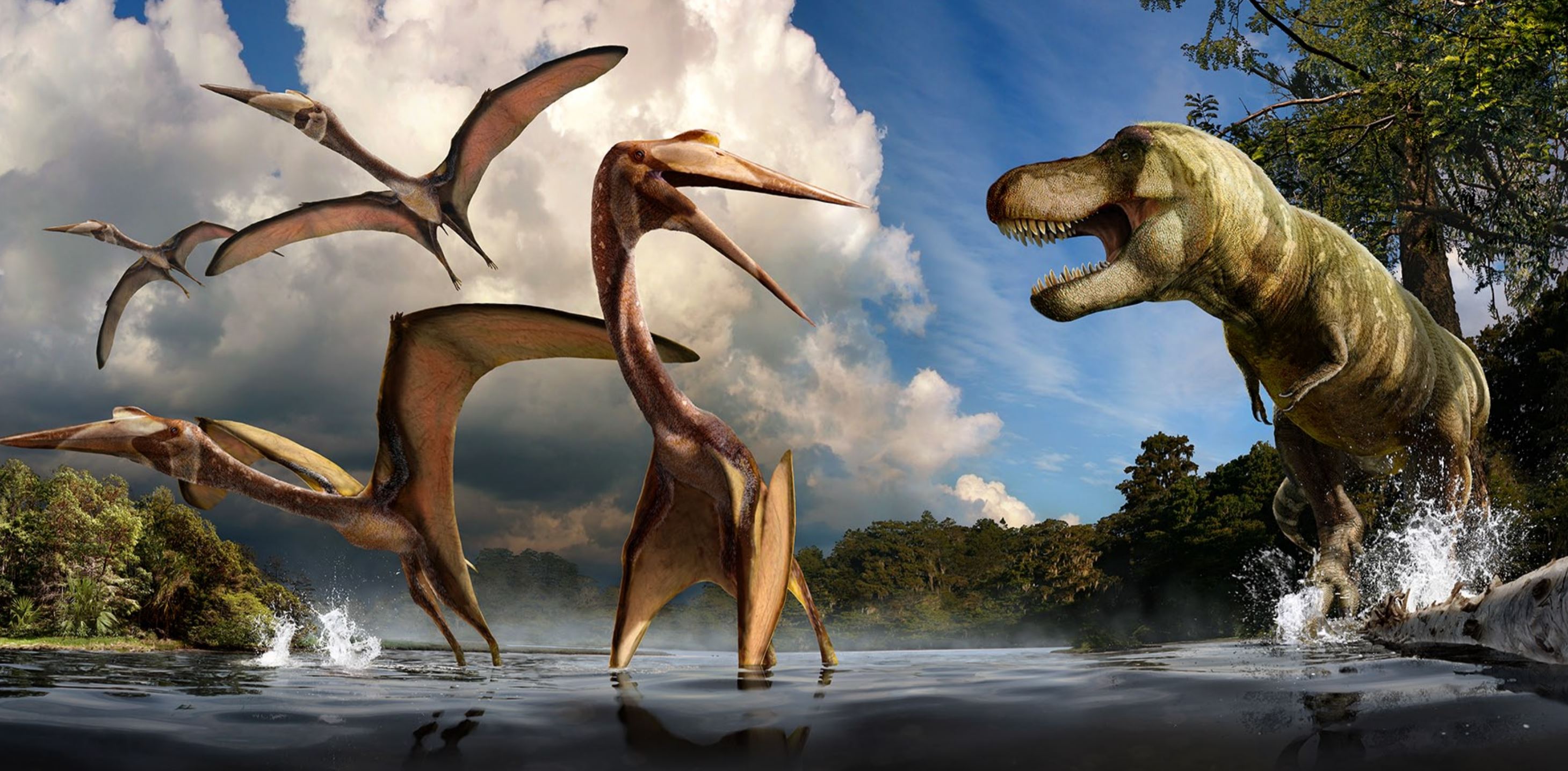
Scientists have discovered the fossils of four dinosaur species in an inhospitable valley in Chilean Patagonia. According to researchers, the fossils unearthed and carried to a laboratory in 2021 belong to species that had not previously been identified in the area. It is considered a remarkable discovery of Dinosaurs.
On an expedition, the Chilean Antarctic Institute (Inach) made this discovery in partnership with the University of Chile and the University of Texas.
Talking to AFP, Marcelo Leppe, director of Inach, said, “It’s always super exciting in scientific terms to find something that has not previously been discovered or described.”
Researchers discovered the remnants of two bird species: an Enantiornithe, thought to be the most abundant bird of the Mesozoic era, and Ornithurinae, a subfamily that can be directly related to modern birds.
The research was published in the Journal of South American Earth Sciences.
According to the results, the dinosaur species, which included a megaraptor, lived in the area between 66 and 75 million years ago, at the end of the Cretaceous period.
Surprisingly, the megaraptor is a member of the theropod family, as is the well-known T-Rex. These predatory dinosaurs dominated the food chain and had raptor claws, tiny teeth for shredding their prey, and huge upper limbs.
Researchers have also discovered two examples of what could be a whole new species of Unenlagiinae, a dinosaur related to velociraptors.
According to Jared Amudeo, a researcher at the University of Chile, the Unenlagiinae has a “novel evolutionary character, which would indicate that this is a new species of Unenlagia or perhaps a representative of a different clade (group).”






